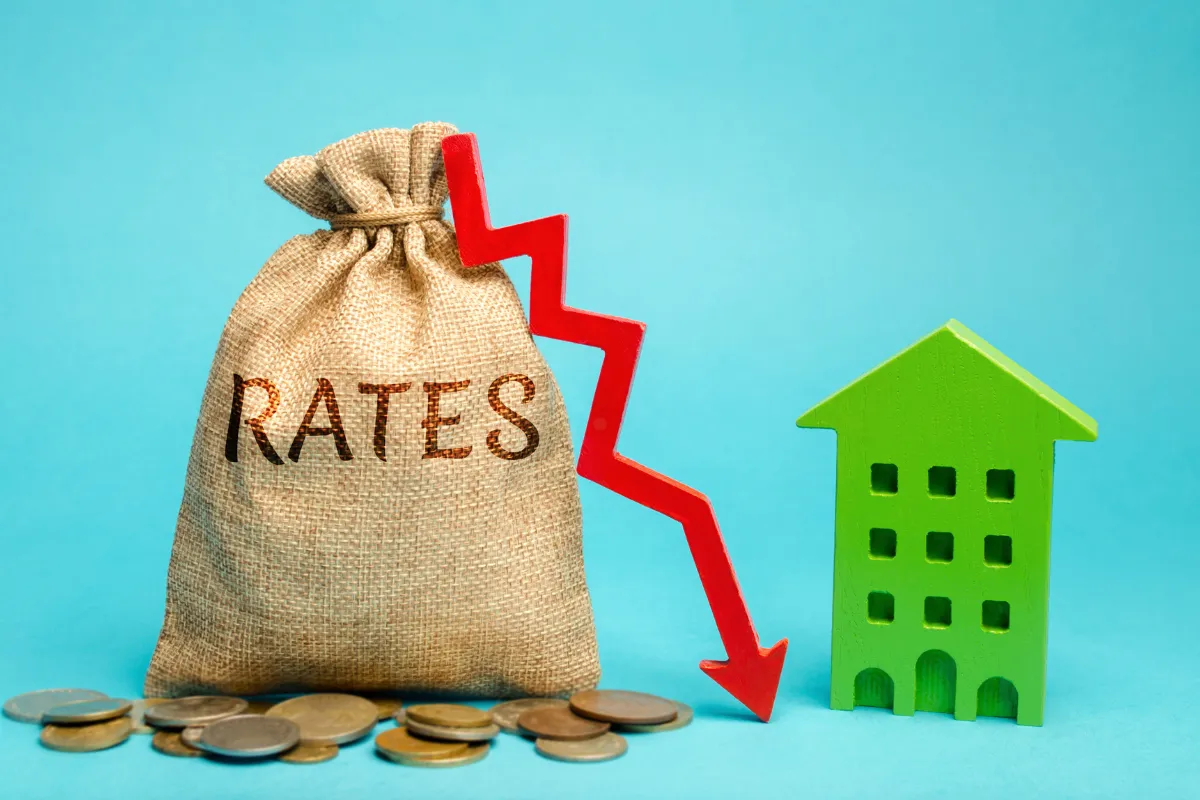How Are Interest and Fees Calculated For Payday Loans- In 2024

Ad Discloure
iOnlinePayDay.com serves as a platform that links borrowers with payday lenders. We do not take the complete guarantee of its accuracy, completeness, or dependability. We encourage responsible borrowing and urge borrowers to consider alternative financial options before making a decision.xPayday loans are frequently promoted as an easy way to overcome financial difficulties. Convenience is a front for a twisted web of fees and interest that may entice borrowers into a never-ending debt cycle.
How Are Interest and Fees Calculated For Payday Loans? Before pursuing this kind of loan, it is essential to comprehend how payday loan interest and costs are determined. So before you grab that quick, expensive money, understand the conditions of payday loans.
Understanding Interest Rates On Payday Loans
Payday lenders rarely advertise their rates in terms of Annual Percentage Rate (APR), the standard used for most loans. Instead, they present fees as a flat cost, often for a two-week term. This makes it difficult for borrowers to grasp the loan’s actual cost.
Here is how payday loan interest boils down to an eye-watering APR:
Example: Suppose you borrow $100 and are charged a $15 fee for a two-week term (typical payday loan structure).
- Step 1: Calculate the interest as a percentage of the loan amount. Divide the fee by the loan amount: $15 (fee) / $100 (loan) = 0.15
- Step 2: Annualize the interest. As the loan is for two weeks, multiply the interest by the number of loan periods in a year (assuming 52 weeks): 0.15 (interest) x 52 (weeks) = 7.8
- Step 3: Convert weeks to days. There are 365 days in a year. Divide the number of loan periods by the number of days in a year: 7.8 (loan periods) / 365 (days) = 0.021
- Step 4: Express the interest as a yearly percentage. Multiply the decimal by 100: 0.021 x 100 = 21%
This seemingly small $15 fee translates to a staggering 391% APR, which is significantly higher than interest rates on credit cards, personal loans, and even some auto loans.
Payday lenders highlight the short loan term (usually two weeks) to downplay the high interest rates. However, most borrowers need help to repay the total amount within that timeframe, leading to rollovers and even higher costs.
How Are Interest and Fees Calculated For Payday Loans?
How Are Interest and Fees Calculated For Payday Loans? Payday lenders tack on various fees on top of the exorbitant interest rates. Some common ones include:
Origination Fee:
It is a flat fee charged upfront, which is simply for the lender to process your loan application. This fee can range from $10 to $30 per $100 borrowed, which essentially eats into the amount you receive.
Verification Fee:
This fee covers the cost of the lender verifying your identity and employment status.
Late Fee:
This is the penalty for not repaying the loan by the due date, typically within two weeks. Considering the short repayment term and the financial strain many borrowers are already under; late fees become a frequent and unwelcome expense.
NSF Fee:
Charged if your repayment attempt results in insufficient funds. If you don’t have enough money to cover the loan repayment, you will face a late fee from the payday lender and an NSF fee from your bank. This double dose of fees can be a significant financial blow.
These fees can add hundreds of dollars to the overall loan cost, further squeezing borrowers’ finances. The cumulative effect of these fees can be devastating. Let us say you borrow $300 to hold you over until payday. With a typical origination fee of $15 per $100 borrowed, that’s $45 gone immediately.
Add on late fees, verification fees, and potential NSF charges, and the $300 loan can quickly balloon to hundreds more than you borrowed. This can trap borrowers in a cycle of debt, where they’re constantly scrambling to repay the loan with fees tacked on, making it nearly impossible to get ahead.
The Debt Trap: How It Works
High interest and multiple fees can quickly turn a payday loan into a financial nightmare. Here is how:
Rollover Debt:
If you can’t repay the loan by the due date, you might be tempted to roll it over. This means paying only the fees and interest while extending the loan term. However, you’ll be charged new fees on top of the existing ones, making the debt snowball.
Multiple Loans:
Desperate for cash, borrowers may take out multiple payday loans from different lenders to repay an existing one. This creates a web of debt, with repayments eating away a significant portion of their income.
Practical Alternatives of Payday Loans:
Before resorting to a payday loan, consider these alternatives:
Negotiate with creditors:
Explain your situation and see if they can offer a payment extension or plan.
Cash advances:
While credit card cash advances come with high interest rates, they are typically lower than payday loan APRs. You will also have a longer repayment term.
Pawn loans:
You can pawn valuables for a short-term loan. However, ensure you can repay it on time to avoid losing your belongings.
Emergency funds:
Building an emergency savings fund is the best defence against payday loans. Even a tiny amount can help cover unexpected expenses.
Conclusion:
Payday loans can be a simple fix for a short-term cash flow issue, but they can easily send borrowers into an implosive cycle from which they cannot easily break free. Instead of using a payday loan, consider other options, including settling debts with creditors, applying for a credit card cash advance (if the interest rate is lower), pawning valuables, or even setting up an emergency savings account.
Long-term financial hardship and a substantial amount of money can be avoided if you take the time to investigate these choices.
FAQs:
Q1. How are interest rates on loans calculated?
Lenders can charge interest in two ways: simply and according to an amortisation plan. With an amortising loan, the amount allotted to the principal debt will rise over time while the percentage of each monthly payment designated for interest will decrease.
Q2. Does loan interest have a daily or monthly calculation?
Although not all lenders charge interest yearly, most typically promote an annual interest rate. While some compute the interest monthly, others do it daily.


